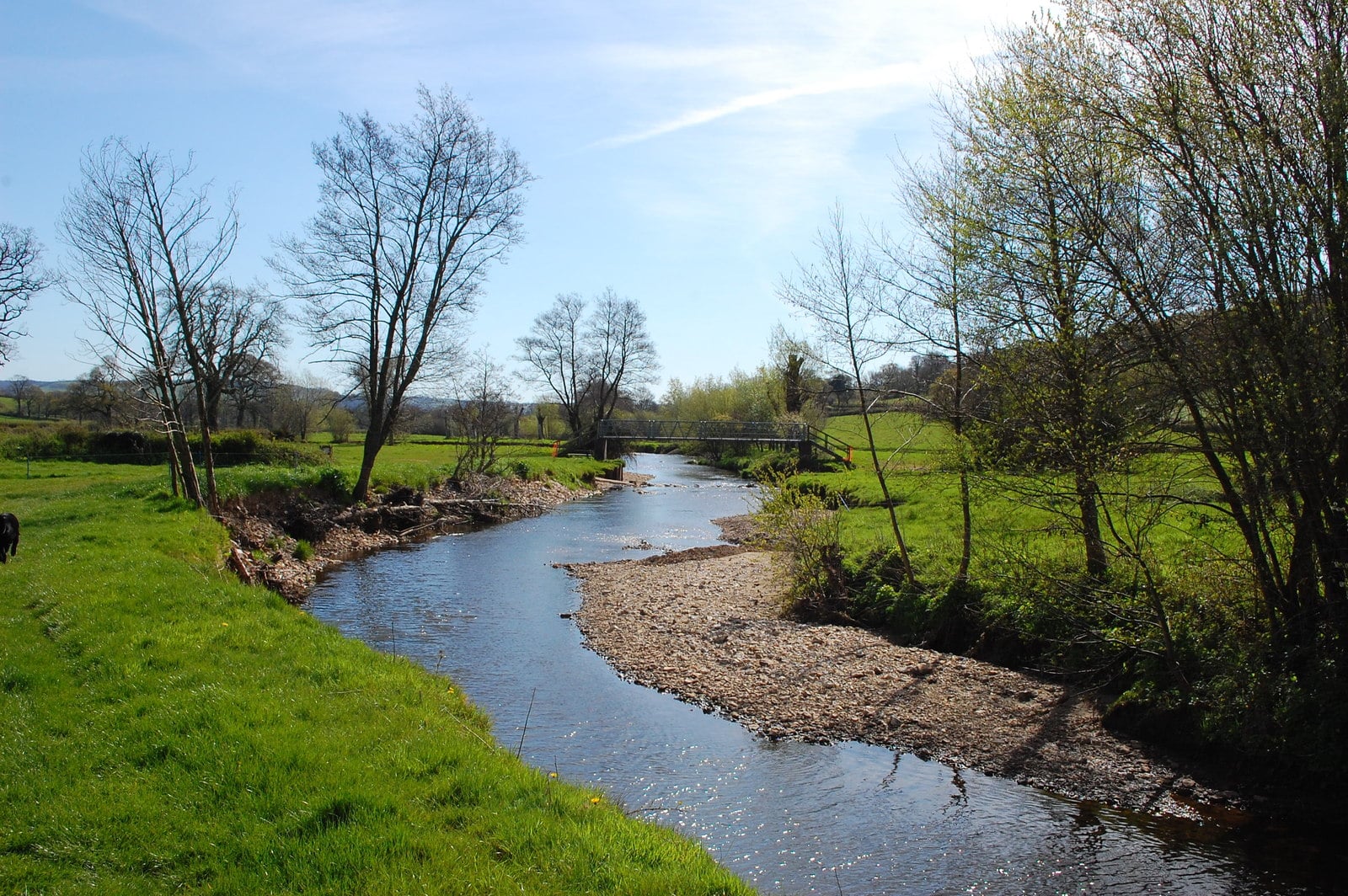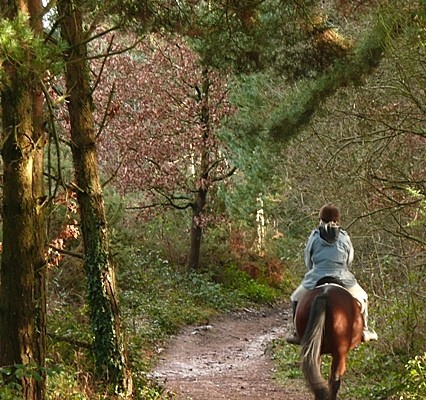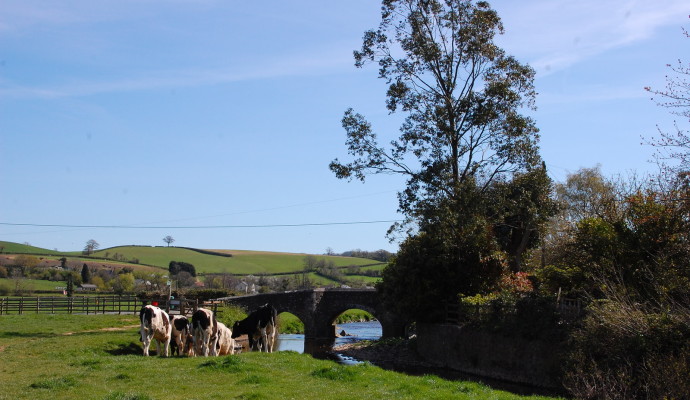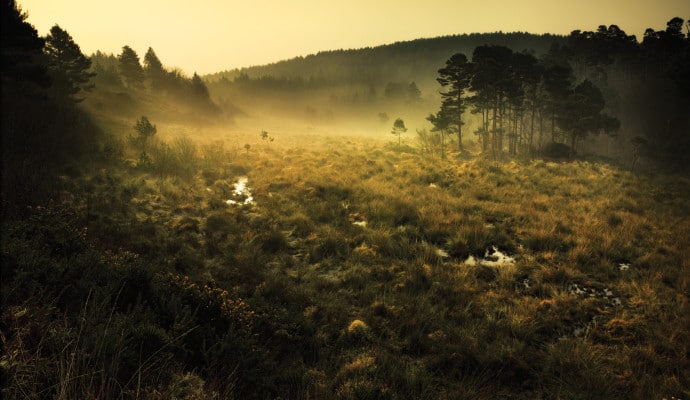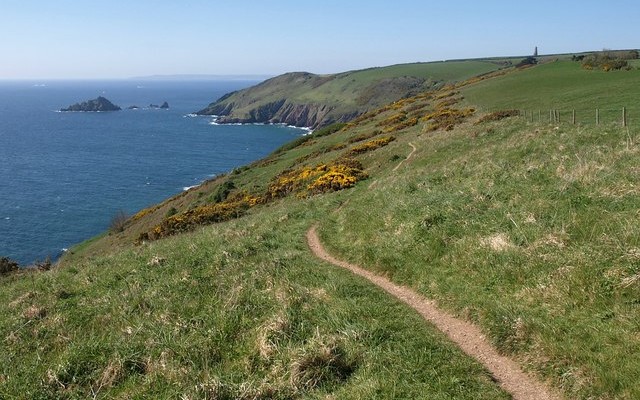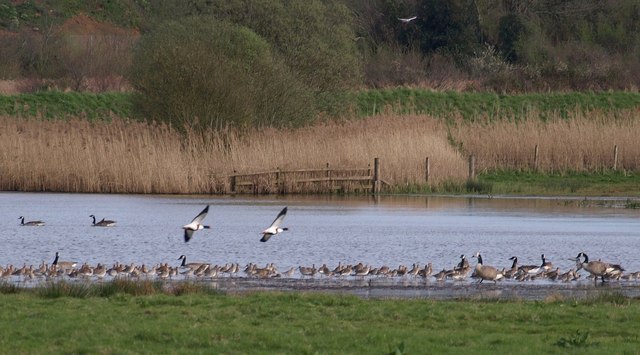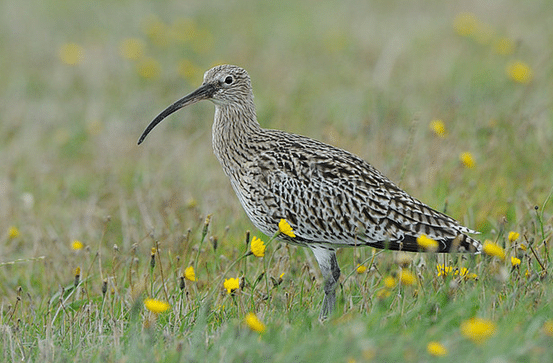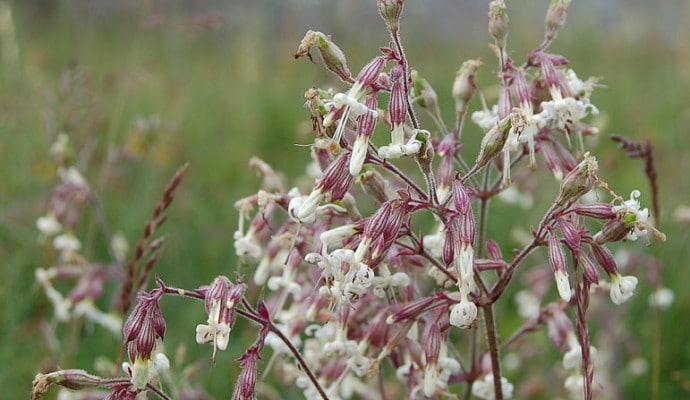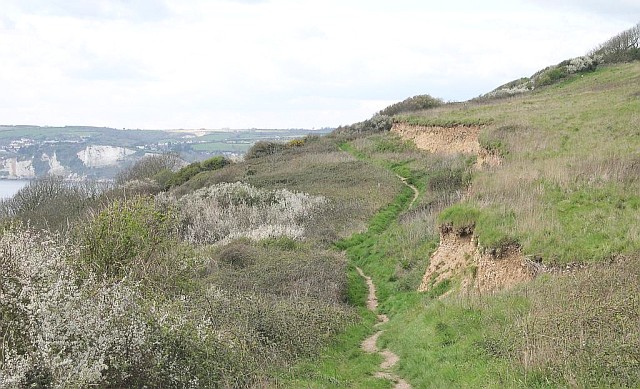Interesting information
The East Devon Way provides an opportunity to escape to tranquil farmland, visit traditional Devon hamlets or stride uphill to enjoy spectacular panoramic views across this outstanding corner of Devon.
The route is presented from west to east in six stages and is waymarked throughout, providing an easy to follow trail. There are inns, pubs and shops in the villages and towns which offer the chance to replenish and refresh you on your journey, or provide a place to rest and recharge overnight.
You can find out how to obtain a copy of the 60 page guide to the East Devon Way here. If you complete the whole walk (not necessarily in one go) you can apply for a certificate and badge through the East Devon Way website.
